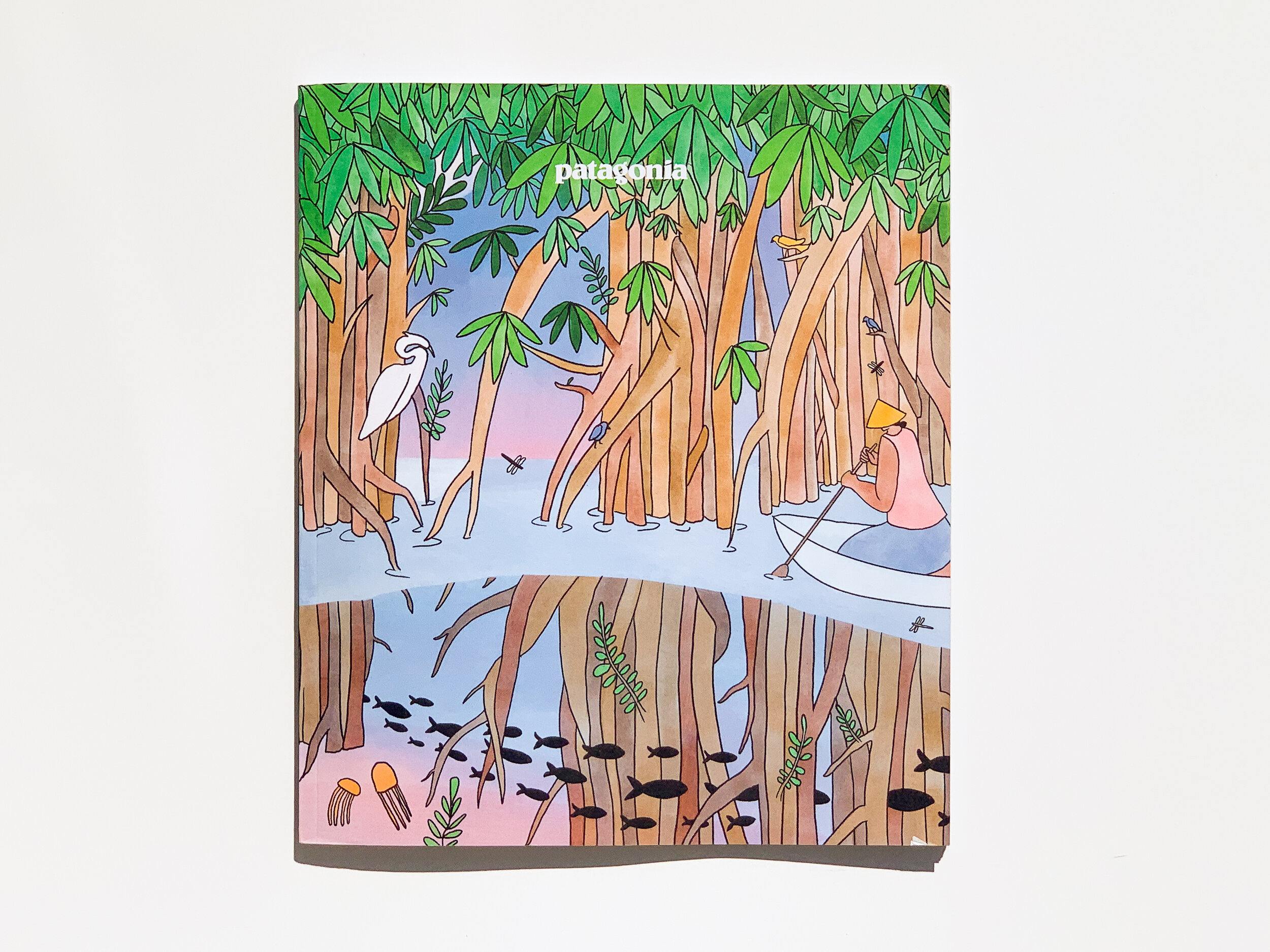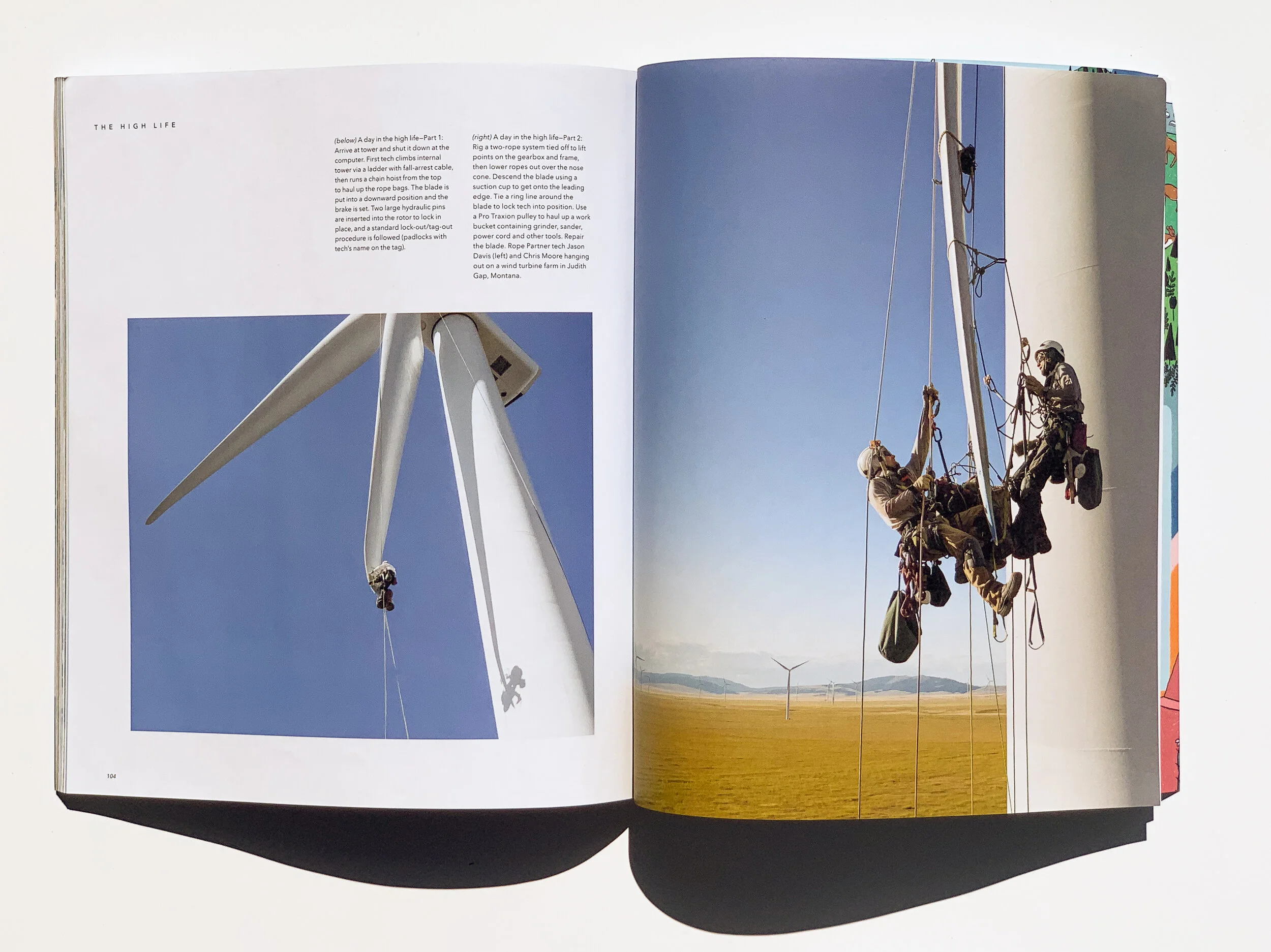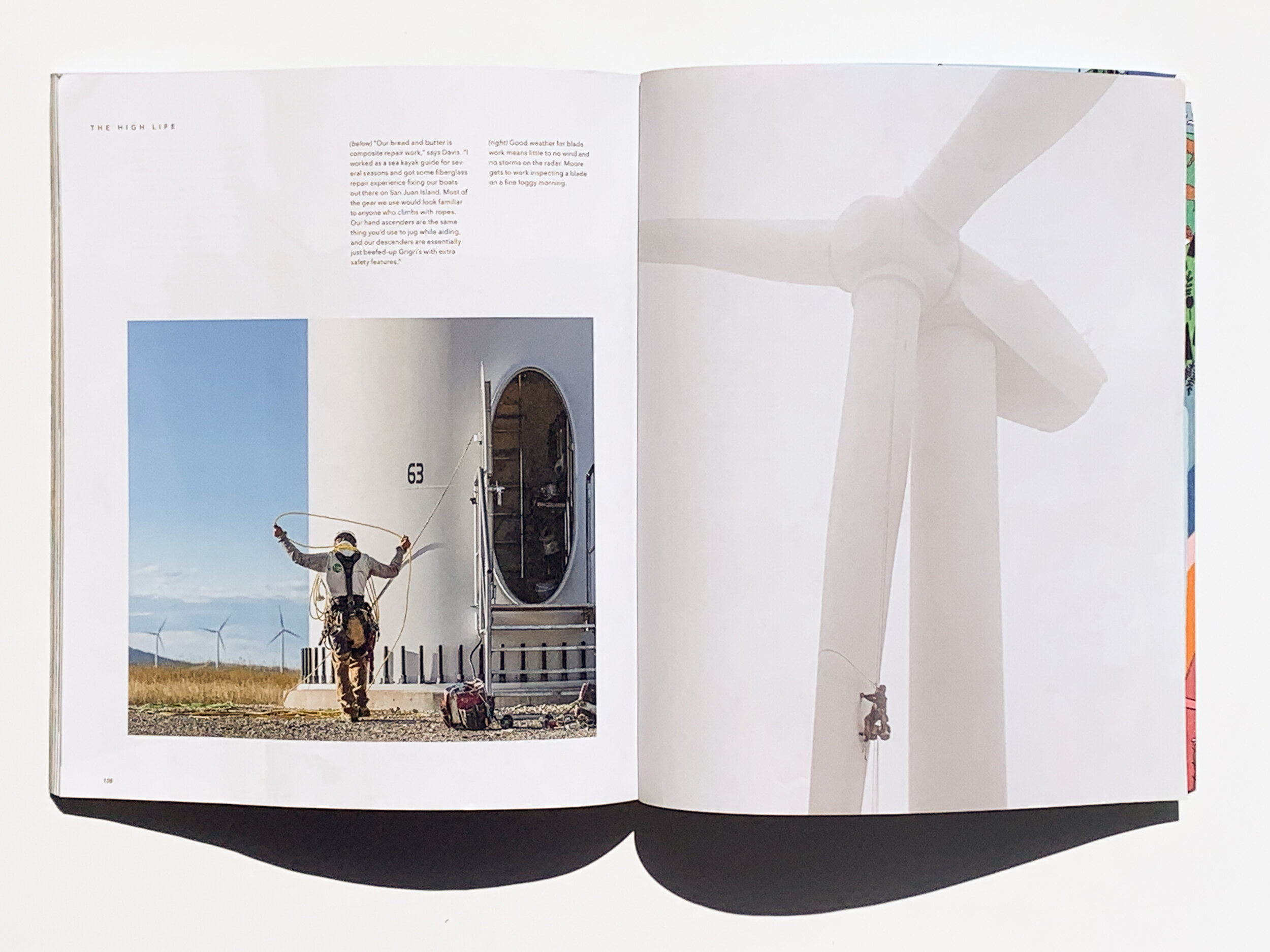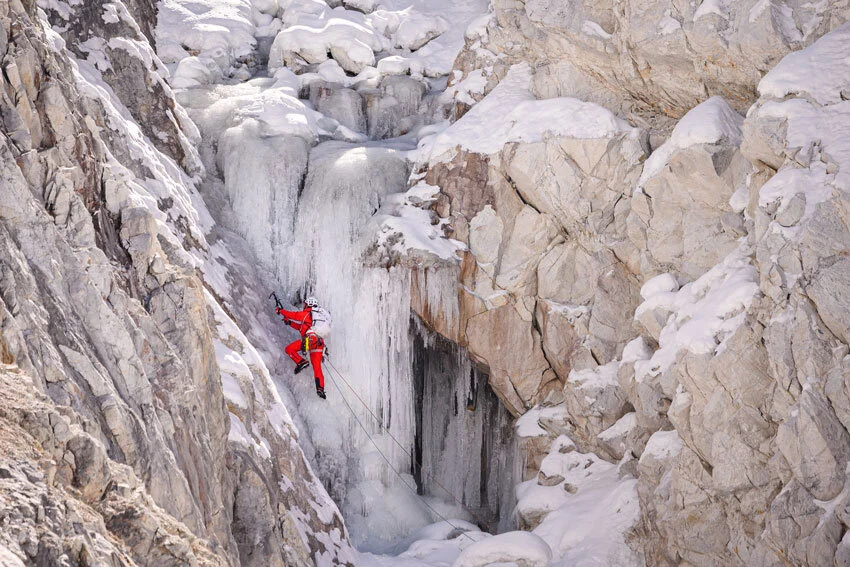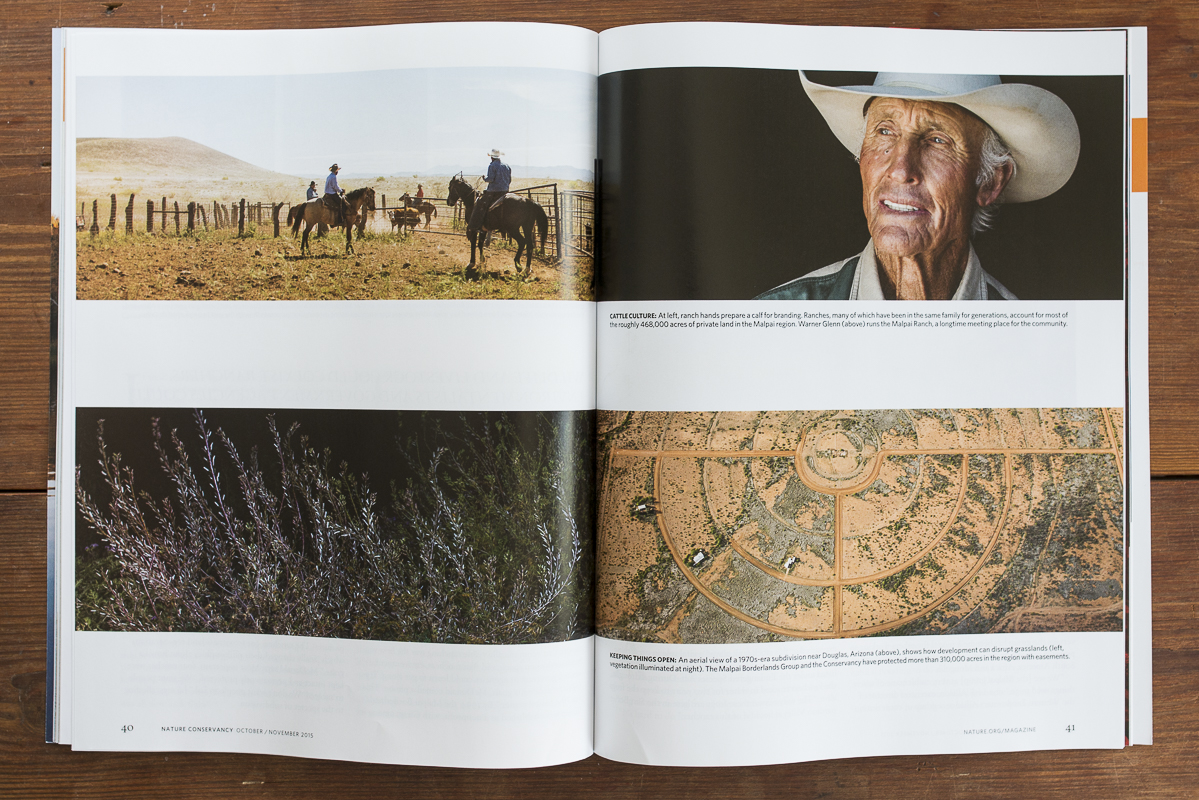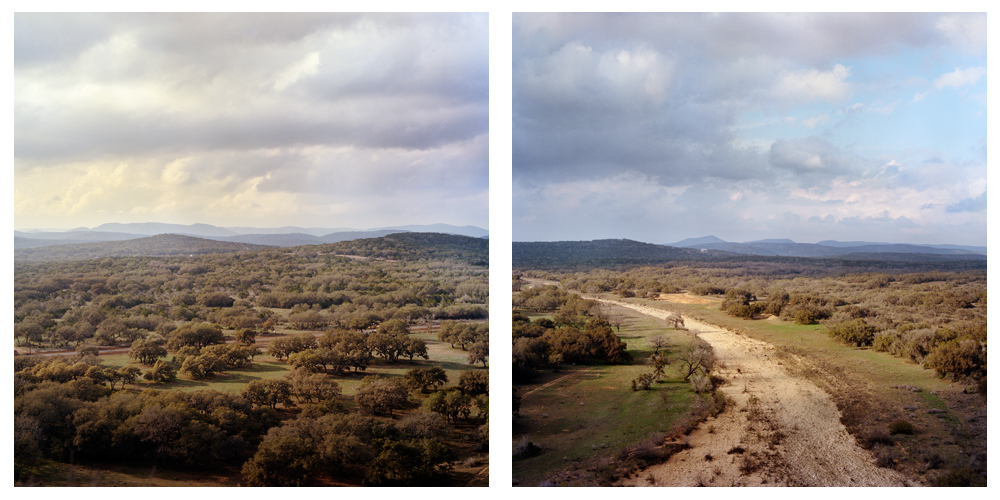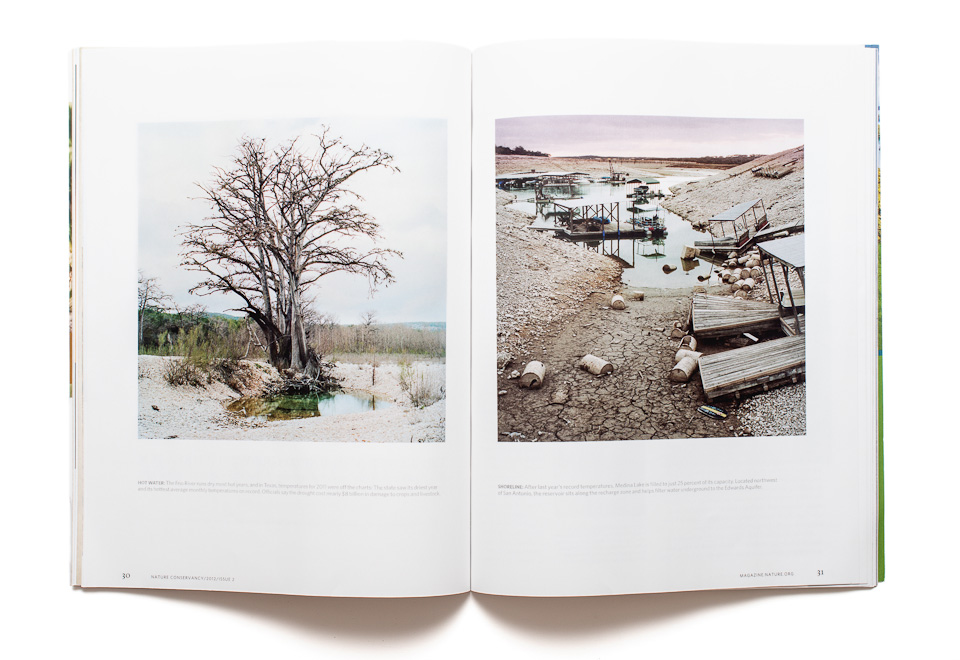Tucked deep in the Indian Himalaya is a 21,100-foot behemoth called Papsura, the face of which is split by a line so perfect and massive it pushed the skills of even the most renowned ski mountaineers. Papsura: Peak of Evil follows professional snowboarders Nick Russell and Jerry Mark from California’s Sierra Nevada to this remote corner of the world’s greatest mountain range, as they harness years of experience in pursuit of the biggest line of their lives.
—
In the spring of 2024 I joined Nick Russell and Jerry Mark for a snowboarding expedition to the Indian Himalaya for a 21,000ft dream line with support from Patagonia. It was my fourth professional ski/snowboard expedition and third to the Himalayas. This is the first of those projects to come to light and so I'm beyond excited for it to begin screening and share with the world.
Morgan Shields did a phenomenal job directing, shooting and handling post-production on the film. I was tasked with shooting stills as well as video, with a critical focus of doing both on our summit day - nearly 14hrs of moving in which every second was critical. It was quite the juggle with production being second to a safe and expeditious attempt of the objective. I've never thought through every ounce of gear and working systems to this extent before - testing and refining how it would all work together in the month prior, even with years of experience in all facets of the undertaking.
Every production is different with its own challenges and this one had them stacked. It also may have been the smoothest trip of this nature I've done. Conditions were favorable and we all worked exceptionally well together helping each other out as we pursued a common goal.
Many thanks to all who have helped bring this to light: particularly Nick with the vision and leadership, Morgan for the excellent creative team work in the field and dedication in post and Patagonia for the support throughout.
Papsura - Patagonia: https://lnkd.in/gpDicfcB
Film Tour: https://lnkd.in/gbwatDwW
Film will launch on-line publicly in late January

